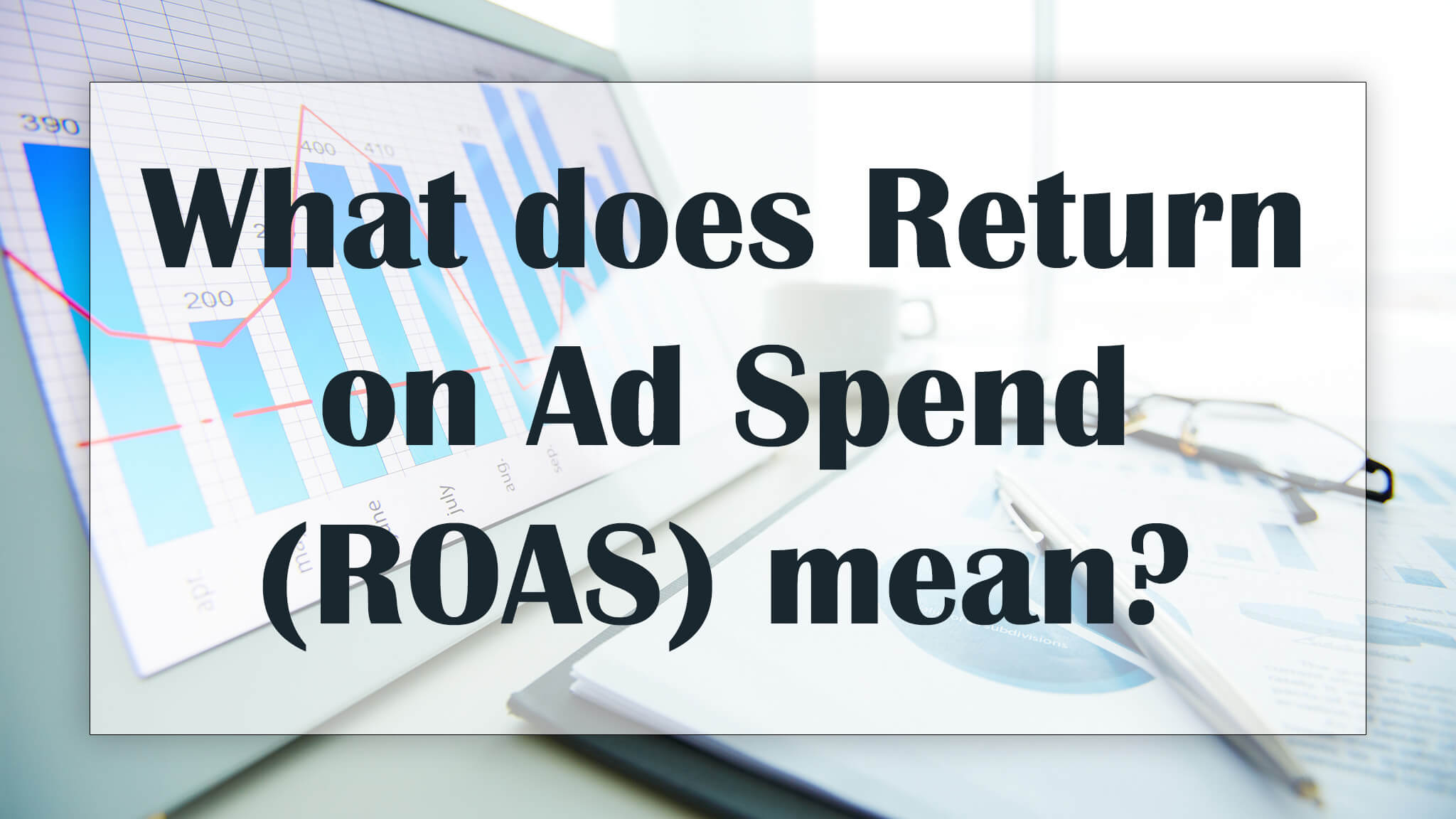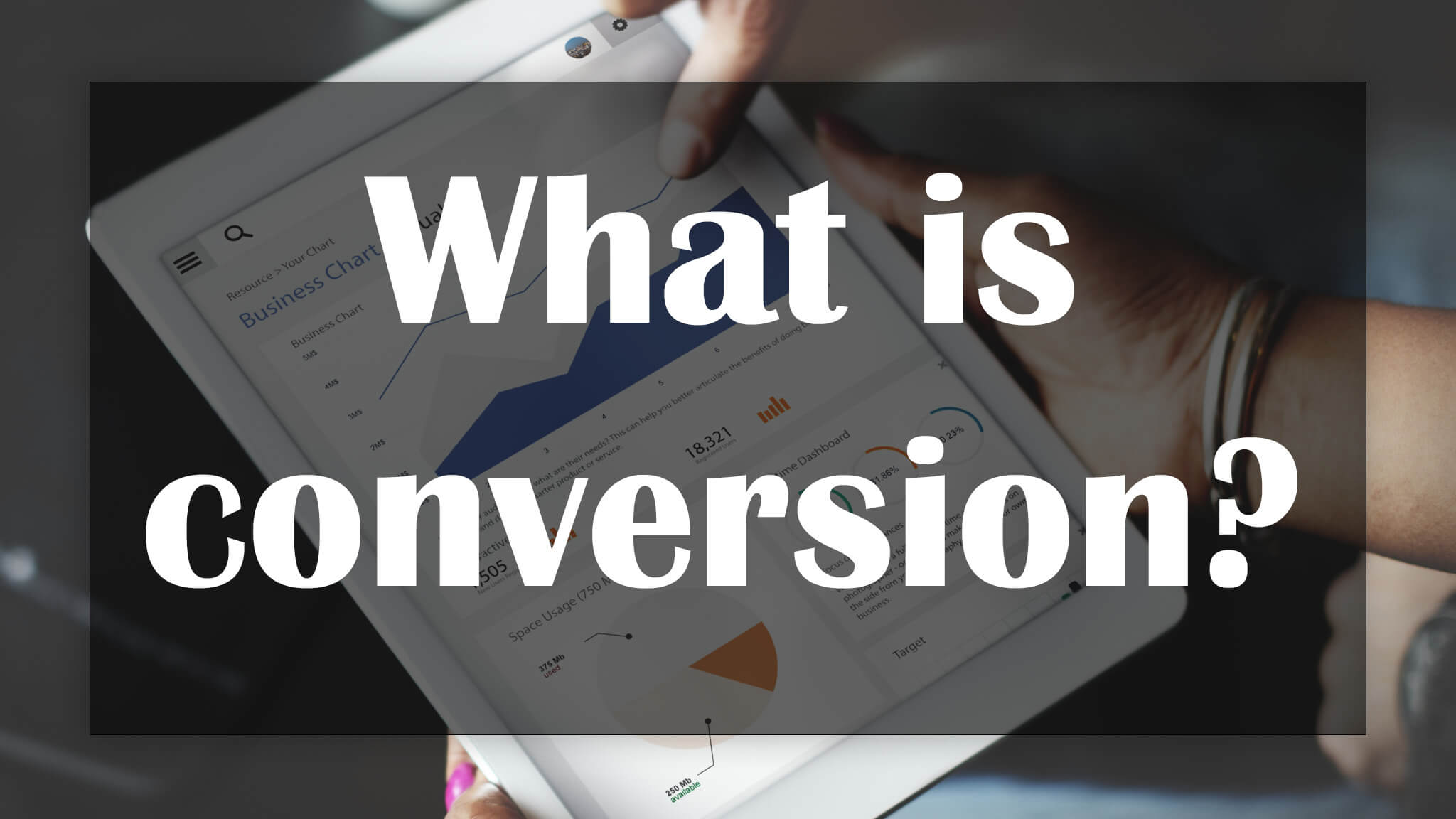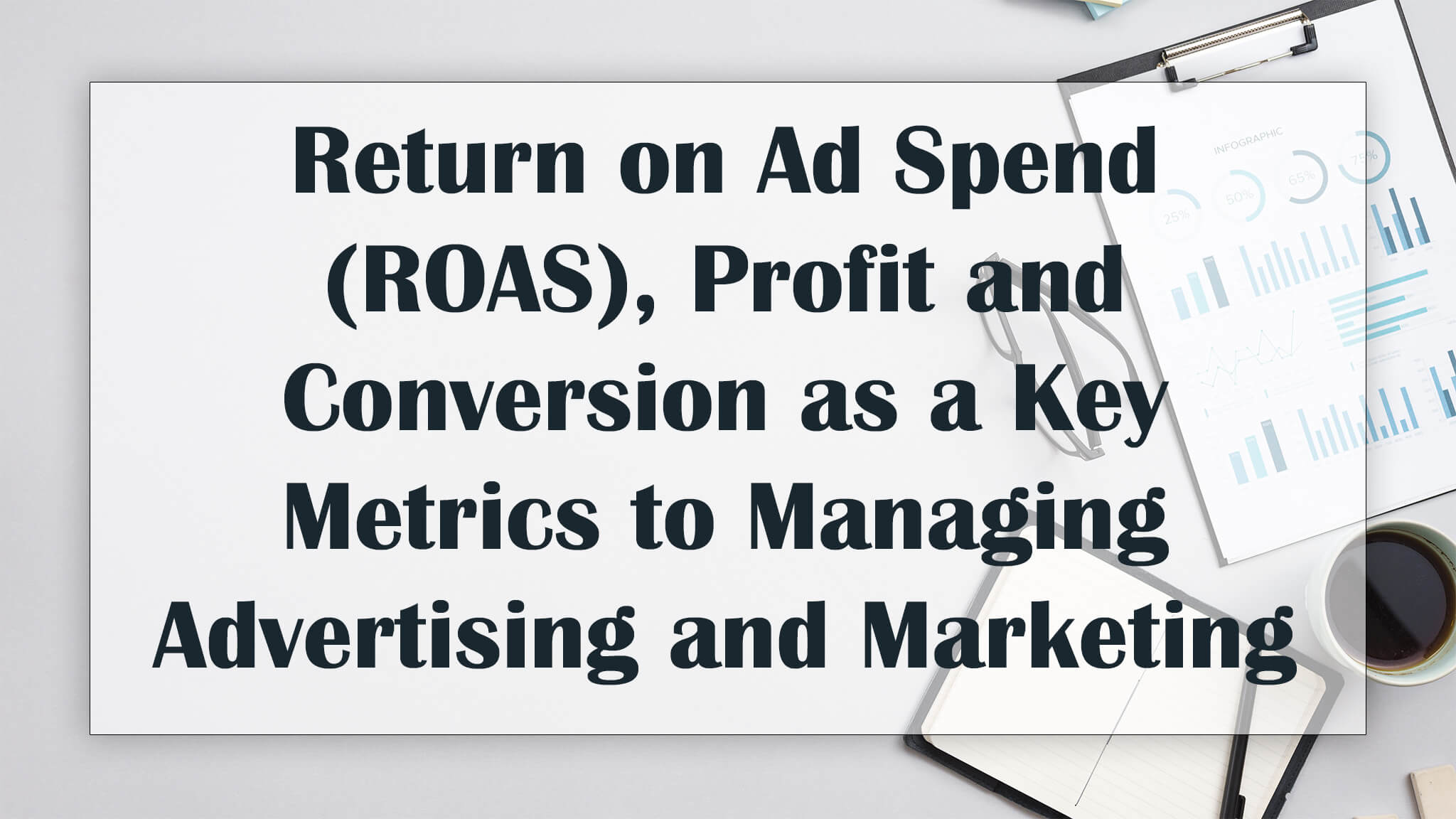How do you not get lost in the metrics of your advertising and marketing campaigns? How to get the best from all of your marketing and advertising activities?
It can be very complicated and difficult to understand how to use all of the metrics about your ad campaigns, so we suggest implementing 3 main basic metrics.
However, before we introduce these 3 main metrics, you need to know that there are more than 30 different metrics for your marketing and advertising activities. These help you to analyze your ads in a lot of detail, from A to Z, including: Profit, Return on Advertising Spend (ROAS), Conversions, Cost, Cost Per Conversion (CPA), Conversion Rate (CvR), Click-Through Rate (CTR), Cost Per Click (CPC), Cost per 1,000 impressions (CPM), Impressions, Quality Score and Relevance Score, Average Rank Position, Search Absolute Top Impression Share, Revenue Per Keyword, Cost Per Lead (CPL), Source, Traffic Source Conversions, Engagement, Bounce Rate and so on….
Let’s start with the basics.

Profit
Profit is the main metric to track in your marketing and advertising campaign, when it comes down to the company’s success, its prosperity, the testing of new products and expansion in the market.
This metric answers these questions:
- Is your campaign profitable?
- Can we scale up this campaign if there is a profit?
- What mistakes have we done, if we are making a loss? How do we avoid making them in the future?
Here’s how the Profit is calculated:
Profit (marketing and advertising campaign) = Total revenue generated by marketing/advertising activities – Total budget for marketing/advertising activities – Total Cost of Product Sold – Total Operating Costs
Example in numbers:
- *Total budget for marketing/advertising activities = $25,000
- *Total revenue generated by these marketing/advertising activities = $50,000
- *Total Cost of Product Sold = $10,000
- *Total Operating Costs = $5,000 (This number, in most cases, is known only to the business due to internal company policies)
Profit (marketing and advertising campaign) = $50,000 – $25,000 – $10,000 – $5,000 = $10,000
(* All the numbers used were deliberately taken to more easily show the calculations and to give a better understanding of them)
So, we now know how much profit this campaign generates. It’s simple when you know how to do it, not easy but simple.

What does Return on Ad Spend (ROAS) mean?
The purpose of this metric is to show the effectiveness of marketing campaigns. We think it’s the most effective tool you can use to estimate the impact of your efforts to get a positive return on your campaign.
The Return on Ad Spend (ROAS) formula is the ratio of the revenue generated by advertising campaigns over the cost of those advertising actions. Here’s how it is calculated:
Return on Ad Spend Formula:
Revenue generated by ads / The total amount of dollars spent on these ads = Return on Advertising Spend
- Example in numbers:
- Total budget for marketing/advertising activities = $25,000
- Total revenue generated by these marketing/advertising activities = $50,000
So, ROAS = $50,000 / $25,000 = 2, so the return is twice the spend.
Wow, this is a very good result for this type of marketing/advertising activity. It could be an advertisement with some content like a Facebook Post, an Instagram Story, videos, articles, presentations, banners and so on. It all depends on your company’s goals and what content is the most suitable for your targeted clients, and what type of information they prefer to see when they are reviewing your company’s products. ROAS helps you to identify where you should invest your ad budget to make a positive return.
But do not confuse Return on ad spend (ROAS) with Return on Investment (ROI), because ROI looks at Profit rather than Revenue. And ROAS is much easier to calculate than ROI. So, it’s more commonly used to optimize advertising spend.

Conversions
What is conversion? It’s an action that a potential lead or client makes to respond to your call-to-action. For example, if someone downloads your PDF, submits their contacts through your website form, purchases your product, scans a QR code with their phone to get a coupon for free drinks in your restaurant or bar, or even calls the phone number located on your promotional landing page.
Let’s look at an example. You have analyzed your campaign goals and strategies for advertising and marketing, and you have chosen the most suitable definition of conversion. It could be purchasing some products from your website (If that’s your main goal). So, how many people will buy a specific product from your website?
However, sometimes the most suitable conversion might be visitors that come from a specific source, or maybe you need to track “Add to Cart” conversions. It all depends on what goals you have for your advertising and marketing campaigns, and how will you communicate with your target audience that are taking “Add to Cart” action. Maybe, you will use retargeting, for those who don’t buy or have forgotten to purchase your product.
We have introduced a Profit, Conversions and Return on ad spend (ROAS) metrics that you can use now and improve the performance of your advertising and marketing goals.
Before, we will end, we have a few questions for you:
- How many metrics are you using in your advertising and marketing campaigns now?
- Are they helping you?
- What are the main metrics you use to identify the overall performance of all your marketing and advertising activities?
Please share your experience and your observations.


